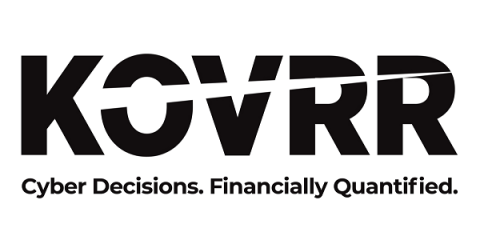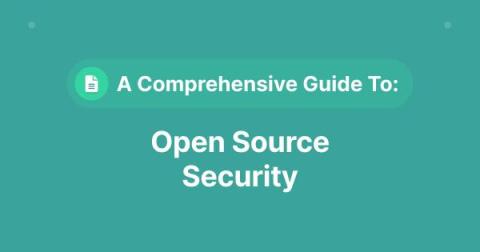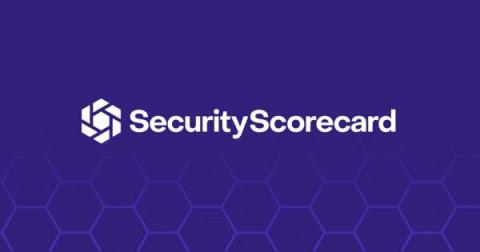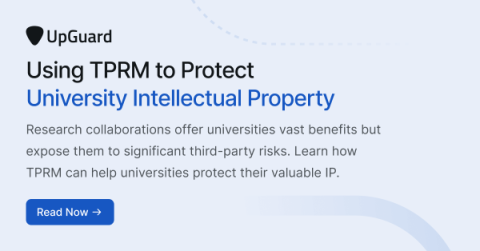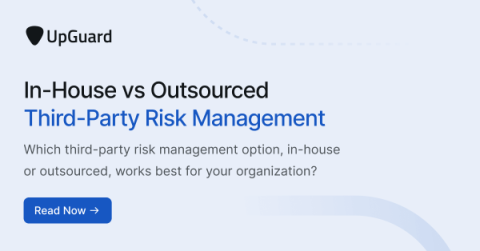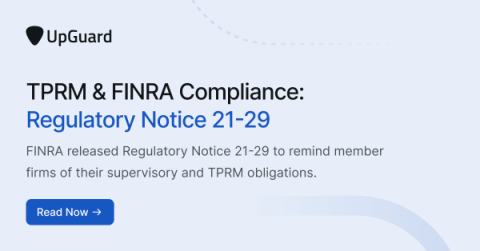How Private Equity Firms Can Streamline Portfolio Optimization With CRQ
Private equity (PE) firms have a unique power in the global marketplace, independently fostering innovation, creating jobs, and propelling economic growth. These entities infuse capital into a spectrum of industries throughout the business life-cycle, intent on delivering superior returns to investors while effectively navigating the complexities of the broader threat landscape.


